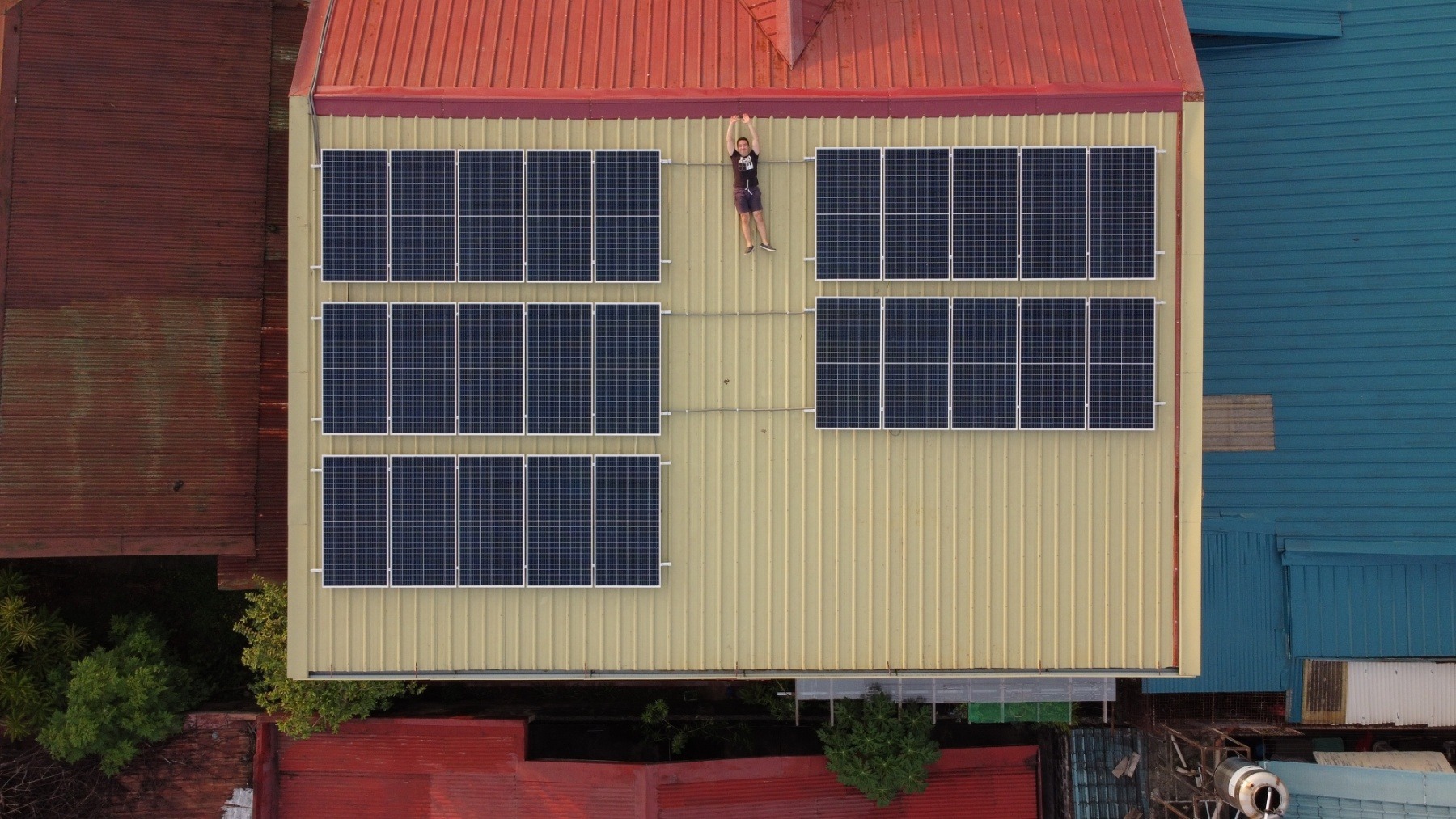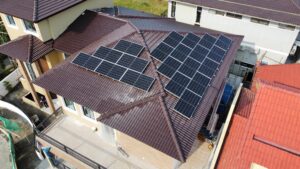The Philippines is known for its beautiful beaches, rich culture, and warm, tropical climate. But another thing the country has in abundance is sunlight. With over 300 days of sunshine per year, it’s no wonder that solar energy has become a hot topic in the country’s pursuit of sustainable energy solutions. As the world increasingly turns toward clean, renewable energy sources, solar panels are emerging as a viable and impactful choice for Filipino households and businesses. In this blog, we’ll explore the benefits, challenges, and future of solar power in the Philippines.
1. Abundant Sunlight: A Natural Advantage
The Philippines is ideally positioned to take full advantage of solar energy. With its tropical climate and high solar insolation, the country receives an incredible amount of sunlight year-round, making solar panels a smart and efficient energy solution. This natural advantage allows residents and businesses to harness the power of the sun and generate electricity without relying on traditional grid systems.
On average, the Philippines receives 4-6 kWh of solar energy per square meter every day, making it one of the best locations for solar power generation in Southeast Asia. This means that solar panels in the Philippines have the potential to generate more electricity than those in countries with less sunlight.
2. Lower Energy Costs
One of the biggest advantages of installing solar panels in the Philippines is the significant reduction in energy costs. The country’s electricity prices are among the highest in Southeast Asia, and many Filipino households struggle with expensive utility bills. By investing in solar energy, homeowners and businesses can generate their own electricity and drastically reduce their reliance on the grid.
With solar panels, you can either offset part of or fully eliminate your electricity bill, depending on the size of your system and energy needs. Solar power is a long-term investment that pays for itself over time, making it an attractive option for anyone looking to save money on their monthly energy costs.
3. Government Incentives and Net Metering
To encourage the adoption of renewable energy, the Philippine government has implemented several policies and incentives to make solar power more accessible. One of the most significant programs is the net metering system, which allows solar panel owners to sell excess energy back to the grid, earning credits that can offset future electricity costs.
In addition to net metering, the Renewable Energy Act of 2008 provides tax incentives, rebates, and other benefits to individuals and businesses that invest in solar energy. These government programs help reduce the upfront cost of installing solar panels, making it an even more appealing option for Filipino consumers.
4. Energy Independence and Security
The Philippines is an archipelago, which means it’s often vulnerable to energy disruptions and natural disasters that can affect the power grid. With solar panels, individuals and businesses can become more energy-independent, reducing their reliance on the national grid and ensuring they have a more secure and reliable source of power, even in times of crisis.
Solar power offers the added benefit of being able to be paired with battery storage systems that allow you to store excess energy for use during the night or during power outages. This added level of energy security is particularly valuable in the Philippines, where typhoons and other extreme weather events can cause widespread power outages.
5. Environmental Benefits
The Philippines, being highly vulnerable to the effects of climate change, has become more focused on reducing its carbon footprint and preserving its natural resources. Solar power is a clean, renewable energy source that doesn’t produce harmful emissions or pollution. By shifting to solar energy, Filipinos can contribute to reducing the country’s greenhouse gas emissions and combating climate change.
Switching to solar also reduces the environmental impact of conventional energy sources like coal and natural gas, which contribute to air pollution and global warming. As a result, solar panels in the Philippines are not just a cost-effective solution—they are also an environmentally responsible choice.
6. Increasing Availability of Solar Solutions
In recent years, the availability and affordability of solar panel systems in the Philippines have improved significantly. With more local and international solar companies entering the market, Filipino consumers now have access to a wide range of solar products and services to suit different needs and budgets. From small rooftop systems to large-scale solar farms, there’s a solution for every type of property.
Moreover, as technology continues to improve, solar panels have become more efficient, durable, and cost-effective. This makes them an even more attractive option for Filipinos looking to invest in a sustainable energy future.
7. Challenges to Overcome
Despite the many advantages, there are still challenges that need to be addressed in the widespread adoption of solar power in the Philippines. One of the main obstacles is the initial cost of installation, which can still be relatively high for some households and businesses, even with incentives and rebates. However, as technology advances and the demand for solar solutions increases, prices are expected to continue to decrease, making solar panels more accessible for everyone.
Another challenge is the lack of awareness about solar power and its benefits. While more Filipinos are becoming aware of the advantages of solar energy, there is still a need for better education and outreach to help people understand how solar works and how it can benefit them in the long run.
8. The Future of Solar Power in the Philippines
The future of solar power in the Philippines looks incredibly promising. As the country continues to embrace renewable energy and move away from fossil fuels, solar energy will play a major role in achieving energy independence and sustainability. With government support, technological advancements, and a growing public awareness of environmental issues, solar panels are set to become even more widespread in the coming years.
The potential for solar energy in the Philippines is enormous. By harnessing this abundant natural resource, the country can create a more sustainable, cost-effective, and secure energy future for its people.
Conclusion
Solar panels in the Philippines are more than just a trend—they’re a smart investment for the future. With abundant sunlight, government incentives, and decreasing installation costs, solar energy is becoming an increasingly accessible option for Filipino homeowners and businesses. By embracing solar power, the Philippines can reduce energy costs, improve energy security, and make a positive environmental impact. If you’re considering going solar, now is the perfect time to take the first step toward a cleaner, more sustainable future!





